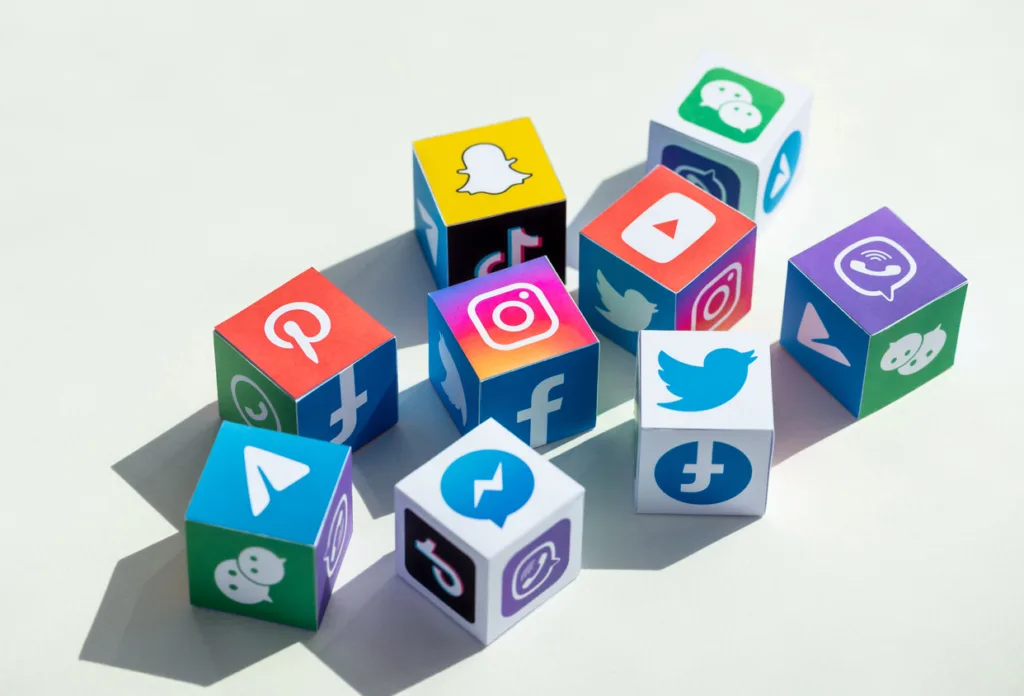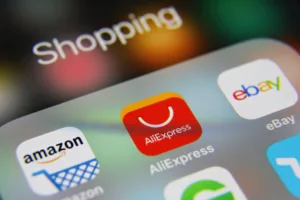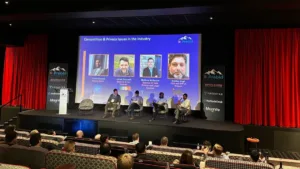by Olga Makarenko — Head of Digital Department of Trust communications agency.
In today’s dynamic digital landscape, social media has emerged as a must-have tool for businesses to build meaningful connections with their target audiences, cultivate brand recognition, and power up their marketing game.
Navigating the ever-evolving world of social media can feel overwhelming. Especially when choosing the best platforms to connect with your audience and meet your business goals. To make the most of it, here is a quick overview of some of the leading platforms.
- LinkedIn: A Hub for B2B Communication and Networking
LinkedIn is excellent for enhancing HR branding and conducting hiring activities.
Additionally, it connects businesses, startups, and investors with its sophisticated algorithm by distributing content and ensuring relevant information reaches the right audience. This was confirmed by communications agency Milltown Partners, which investigated the link between deal success and investor engagement on social media. Interestingly, 47% of Midas investors don’t use X (Twitter), yet 90% have a LinkedIn profile.
To fully unlock LinkedIn’s potential, you can join relevant groups and communities, nurture meaningful interactions, and expand your professional horizons. LinkedIn’s meme culture, a distinctive platform aspect, also adds humor and shared experiences.
A compelling example of LinkedIn’s effectiveness is its ability to augment networking strategies. I’d recommend posting around three times per week, regularly giving your network a friendly boost, and keeping an eye on your SSI rating. For example, a recent instance of this approach involved promoting a conference through active LinkedIn posts, resulting in 100+ high-quality new connections and 2,800+ organic views.
- Instagram: A visual communication tool
Instagram captivates an audience with its alluring visuals. It can effortlessly convey the essence of a brand, product, or service, making it an indispensable component of effective marketing strategies. A great way to keep your audience engaged is by using visuals as carousels and staying consistent with your posts – post one story a day, one reel a week, and three to five posts a month.
The platform’s visual richness extends beyond captivating posts – Instagram offers many tools and features. Take, for instance, highlights – a valuable navigation aid enabling users to conveniently access crucial information. Moreover, the potential for virality on Instagram cannot be understated. Examples like the famous “Egg” account epitomise the platform’s ability to generate widespread reach and engagement.
Retail brands have effectively tapped into Instagram’s visual prowess to showcase their products in various settings, offering a comprehensive overview of their brands. On the other hand, tech startups have employed Instagram to illustrate the real-world applications of their products, captivating their audience with visuals. And let’s be honest — in today’s world, we all like to do a little homework before a business meeting, and a visual profile can help tell your story.
- X (Twitter): A platform for dynamic information sharing
With its real-time nature and vast network of tech-savvy individuals, X (Twitter) ignites conversations, sparks ideas, and swiftly disseminates information. For instance, tech startups harness X (Twitter) to connect with their target audience, gather valuable feedback, amplify brand awareness, and actively participate in industry trends.
While X (Twitter) presents many opportunities for innovation, its promotional aspects demand strategic finesse – the brevity of tweets necessitates concise, impactful messaging, ensuring that critical messages pierce through the noise. X (Twitter) loves daily posts, so let’s keep that feed lively to share ideas and expand your network!
- YouTube: Large-scale video service
Boasting over 2 billion users, YouTube is a compelling platform for businesses to promote their products, services, and brand narratives. Its vast audience, diverse content formats (videos and Shorts), and powerful analytics offer a unique opportunity to engage with customers and achieve marketing goals.
Isn’t it amazing how YouTube has become such an integral part of our daily lives? Whether for tutorials, DIYs, funny videos, background visuals, or even podcasts, we all find ourselves hopping onto the platform. And it’s not just us, but businesses and brands of all sizes, too. Take Bosch, for example, who cleverly utilised QR codes to direct users to instructional videos on YouTube.
If you’re worried about the budget for big productions, podcasts are a fantastic alternative. Trust me, you’ll be ready to kickstart your communication channel with a few YouTube tutorials on lighting and mobile production. To tap into YouTube’s potential, it’s crucial to stay aware of the competitive landscape, understand the algorithm, and keep up with content creation demands. The posting frequency will depend on the goal you are pursuing, so distribute large videos according to your abilities and remind the audience about yourself through YouTube Shorts.
- TikTok: A Hub for Business Promotion
Once considered a platform for Gen Z and millennials, TikTok has transcended generational boundaries, captivating audiences from children to grandparents. TikTok’s relaxed viewing experience fosters a sense of escapism and distraction, making it an ideal platform to share captivating content that resonates with the audience. Stay consistent with TikTok and post two to three weekly videos for better engagement.
While various social media platforms offer similar formats, TikTok stands out due to its algorithm’s ability to tailor content to specific interests and demographics. This personalised approach ensures businesses reach their target audience with relevant, engaging messaging.
From LinkedIn’s professional connections to Instagram’s captivating visual narratives and X (Twitter)’s dynamic real-time exchanges, businesses can effectively harness these platforms to connect with their target audience and fulfill their marketing objectives.









